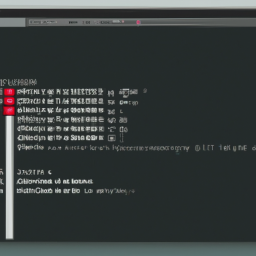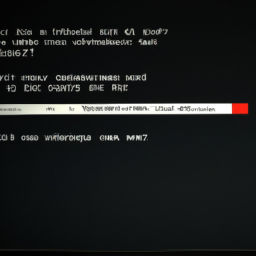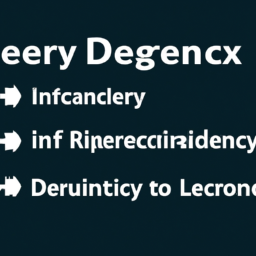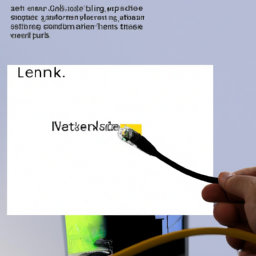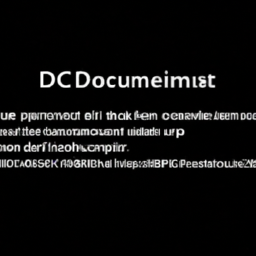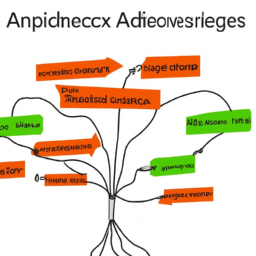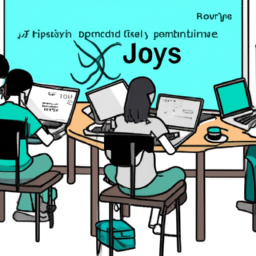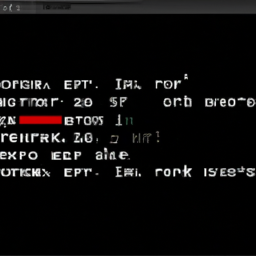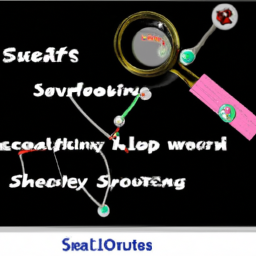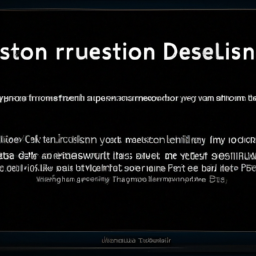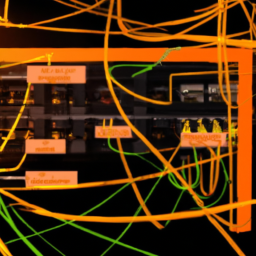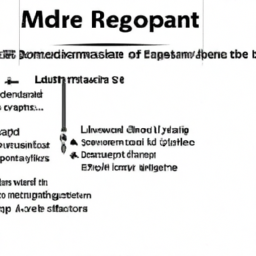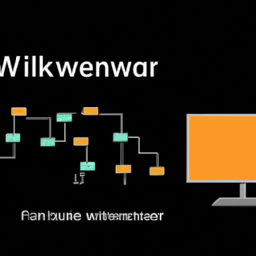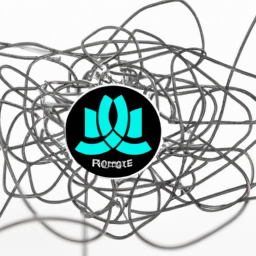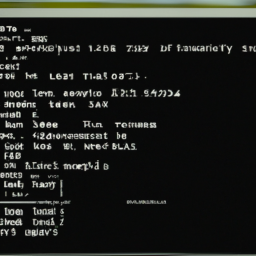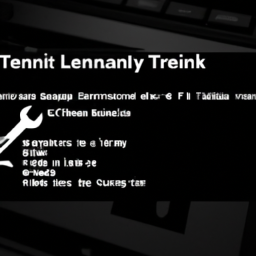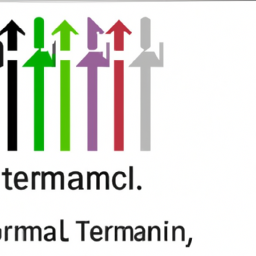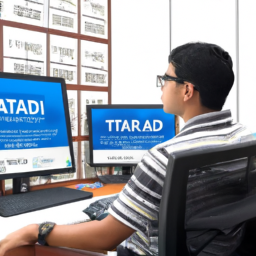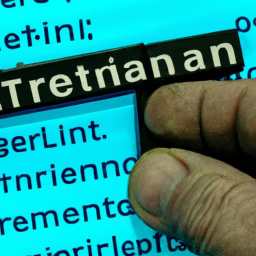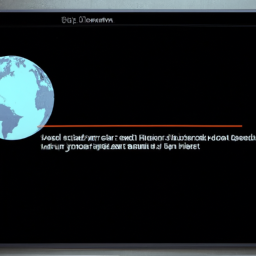Are you tired of your Linux system slowing down and becoming unresponsive? Are you constantly battling memory issues, but don’t know where to start? Well, look no further! In this step-by-step guide, we will take you on a journey through the intricate world of memory leak analysis in Linux.
Memory leaks can be a silent killer, gradually consuming your system’s resources and causing performance degradation over time. But fear not, for we have the tools and techniques to help you identify and resolve these memory leaks efficiently.
Using a second person point of view, we will walk you through the process of understanding the impact of memory leaks, identifying them in your Linux system, and utilizing various tools for thorough analysis. With our precise and detailed instructions, you’ll be able to pinpoint the root cause of memory leaks and resolve them effectively.
But our journey doesn’t end there! We will also provide you with best practices for preventing memory leaks in the future, ensuring a smooth and optimized Linux experience.
So, grab your detective hat and get ready to embark on this memory leak analysis adventure!
Key Takeaways
- Memory leaks in Linux systems can cause performance degradation over time.
- Monitoring memory usage is important for identifying memory leaks.
- Techniques for preventing memory leaks include proper memory allocation and deallocation, avoiding global variables, and using garbage collection.
- Tools like Valgrind, AddressSanitizer, and LeakSanitizer can be used to analyze memory usage and identify memory leaks.
Understanding the Impact of Memory Leaks on System Performance
Now that you understand how memory leaks occur, let’s dive into how they can wreak havoc on your system’s performance. Investigating memory leak causes is crucial for maintaining a stable and efficient Linux system.
A memory leak can gradually consume available memory, leading to excessive memory usage. This can result in system slowdowns, crashes, and even system instability. As memory leaks accumulate, the overall performance of your system will deteriorate.
Measuring memory usage is the first step in identifying memory leaks. By monitoring memory usage, you can identify abnormal increases in memory consumption and pinpoint potential memory leak sources. This analysis is essential for maintaining a healthy system.
Transitioning into the subsequent section about identifying memory leaks in Linux, it is important to understand the key indicators that can help identify and resolve these issues.
Identifying Memory Leaks in Linux
Take a moment to explore the intricate labyrinth of your Linux system, uncovering hidden vulnerabilities that silently devour precious resources. Detecting memory leaks in Linux is crucial for maintaining system performance and stability.
By understanding the impact of memory leaks on your system, you can proactively identify and address these issues. One effective approach is to utilize memory leak prevention techniques such as proper memory allocation and deallocation, avoiding global variables, and using garbage collection.
Additionally, using tools like Valgrind, AddressSanitizer, and LeakSanitizer can help identify memory leaks by analyzing memory usage and providing detailed reports.
By implementing these techniques and utilizing the right tools, you can ensure that your Linux system remains efficient and reliable.
Transitioning into the subsequent section, we will explore the utilization of tools and techniques for memory leak analysis.
Utilizing Tools and Techniques for Memory Leak Analysis
By leveraging advanced tools and techniques, developers can gain valuable insights into the intricate workings of their Linux systems, effectively identifying and resolving memory leakage issues to ensure optimal performance and stability.
Memory leak detection tools in Linux: There are various tools available for detecting memory leaks in Linux, such as Valgrind, AddressSanitizer, and LeakTracer. These tools provide detailed information about memory allocations and deallocations, helping to pinpoint potential leaks.
Techniques for analyzing memory leaks in Linux: Developers can utilize techniques like heap profiling, garbage collection analysis, and analyzing core dumps to identify memory leaks. Heap profiling helps to understand memory allocation patterns, while garbage collection analysis identifies potential leaks in managed languages. Analyzing core dumps can provide insights into memory usage during program execution.
These tools and techniques enable developers to delve deep into the memory usage of their Linux systems, helping them to identify and address memory leaks for improved performance and stability.
Transition: As you gain a thorough understanding of memory leak analysis, you can now move on to resolving memory leaks in Linux.
Resolving Memory Leaks in Linux
Once you have a solid understanding of how memory leaks can be resolved in the Linux system, it’s time for you to dig into the process of fixing these performance-draining issues.
Resolving memory leaks in Linux involves a systematic approach to troubleshooting memory leaks. The first step is to identify the source of the leak using tools like Valgrind or AddressSanitizer.
Once the source is identified, you need to analyze the code and look for any allocation or deallocation errors. It’s important to carefully review the code and ensure that all allocated memory is properly freed.
Additionally, you should consider using tools like leak detectors or garbage collectors to automatically detect and handle memory leaks. By following these techniques, you can effectively resolve memory leaks in the Linux system.
Moving forward, it’s crucial to implement best practices for preventing memory leaks in the future, which will be discussed in the next section.
Best Practices for Preventing Memory Leaks in the Future
To ensure the avoidance of future memory leaks, you should adopt proper coding practices and diligently manage memory allocation and deallocation in your Linux system. Preventing memory leaks is crucial for maintaining the stability and efficiency of your system.
One of the key techniques for preventing memory leaks is to always free allocated memory when it’s no longer needed. This involves carefully tracking the allocation and deallocation of memory resources throughout your code.
Additionally, you should avoid circular references or dependencies that can lead to memory leaks. It’s also important to regularly test and debug your code to catch any potential memory leaks early on.
By following these memory leak prevention techniques, you can greatly reduce the likelihood of encountering memory leaks in the future.
Frequently Asked Questions
Is memory leak analysis only applicable to Linux systems?
Memory leak analysis is not limited to Linux systems. It is also applicable to Windows systems. When comparing memory leak analysis in Windows systems with Linux, there are similarities and differences in the tools and techniques used.
Additionally, memory leak analysis in embedded systems presents unique challenges and requires tailored solutions. It is important to consider the specific operating system and platform when conducting memory leak analysis to ensure accurate and effective results.
Can memory leaks cause system crashes or freezes?
Memory leaks can indeed lead to system instability. When a program continuously allocates memory without releasing it, the system’s available memory gets depleted. This can cause the system to slow down, crash, or freeze.
It is crucial to troubleshoot and fix memory leaks in Linux systems to prevent such issues. By identifying the source of the leak and properly deallocating memory, you can ensure system stability and avoid potential consequences.
Are there any common symptoms or signs that indicate the presence of a memory leak?
Common symptoms of a memory leak can be compared to a slowly leaking faucet, gradually causing a flood. As you troubleshoot, look out for signs like sluggish performance, excessive memory usage, and increasing response times.
You may also notice frequent crashes or freezes, unresponsive applications, and system instability. To confirm the presence of a memory leak, monitor memory usage over time and use tools like valgrind or address sanitizer.
What are some common tools and techniques used for memory leak analysis in Linux?
To detect memory leaks and perform heap profiling in Linux, you can utilize various tools and techniques. Popular tools such as Valgrind, AddressSanitizer (ASan), and LeakSanitizer (LSan) can assist in detecting memory leaks by monitoring memory allocations and deallocations.
These tools provide detailed reports highlighting potential memory leaks and their locations. Additionally, heap profiling techniques, like using heap profiling libraries or analyzing heap snapshots, can help identify memory leaks and understand memory usage patterns in your Linux system.
How can memory leaks be prevented in the future?
To prevent memory leaks in the future, it’s crucial to follow best practices for memory management. Interestingly, studies have shown that memory leaks account for approximately 10-20% of all software defects. To mitigate this issue, make sure you always free dynamically allocated memory. Avoid unnecessary global variables and use tools like valgrind to detect and fix leaks. Additionally, regularly conduct code reviews and perform thorough testing to identify and resolve any potential memory leaks early on.
Conclusion
In conclusion, memory leaks can have a significant impact on system performance in Linux. Identifying and resolving these leaks is crucial to ensure optimal functioning of the system.
By utilizing tools and techniques for memory leak analysis, such as valgrind and AddressSanitizer, developers can effectively identify and fix these issues. It’s also important to follow best practices for preventing memory leaks in the future, such as properly managing memory allocation and deallocation.
Just like a leaky faucet can waste water and cause damage, memory leaks can lead to inefficiency and instability in the system. Therefore, it’s vital to address memory leaks promptly to maintain a robust and efficient Linux system.


